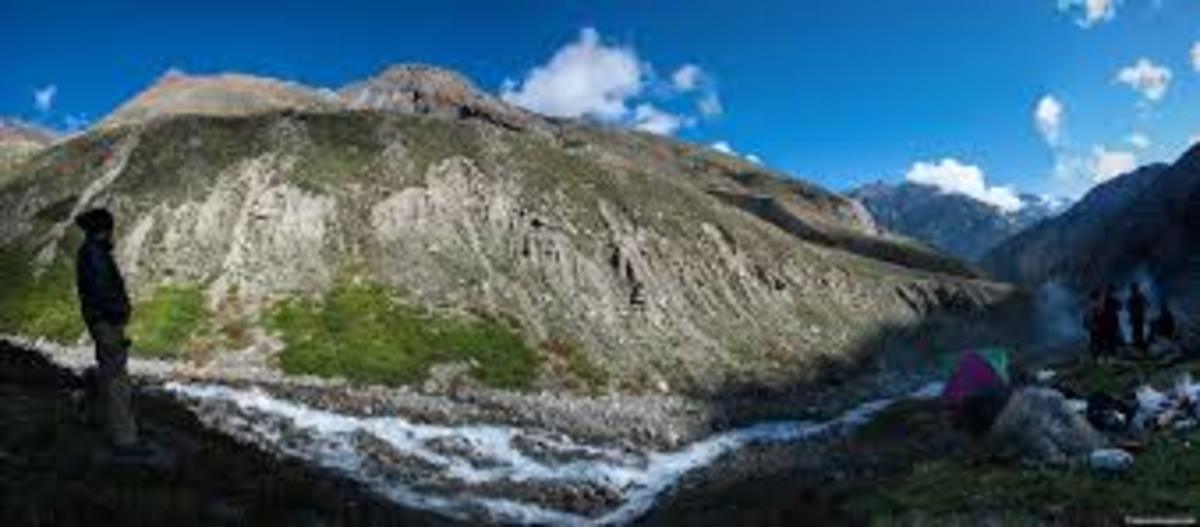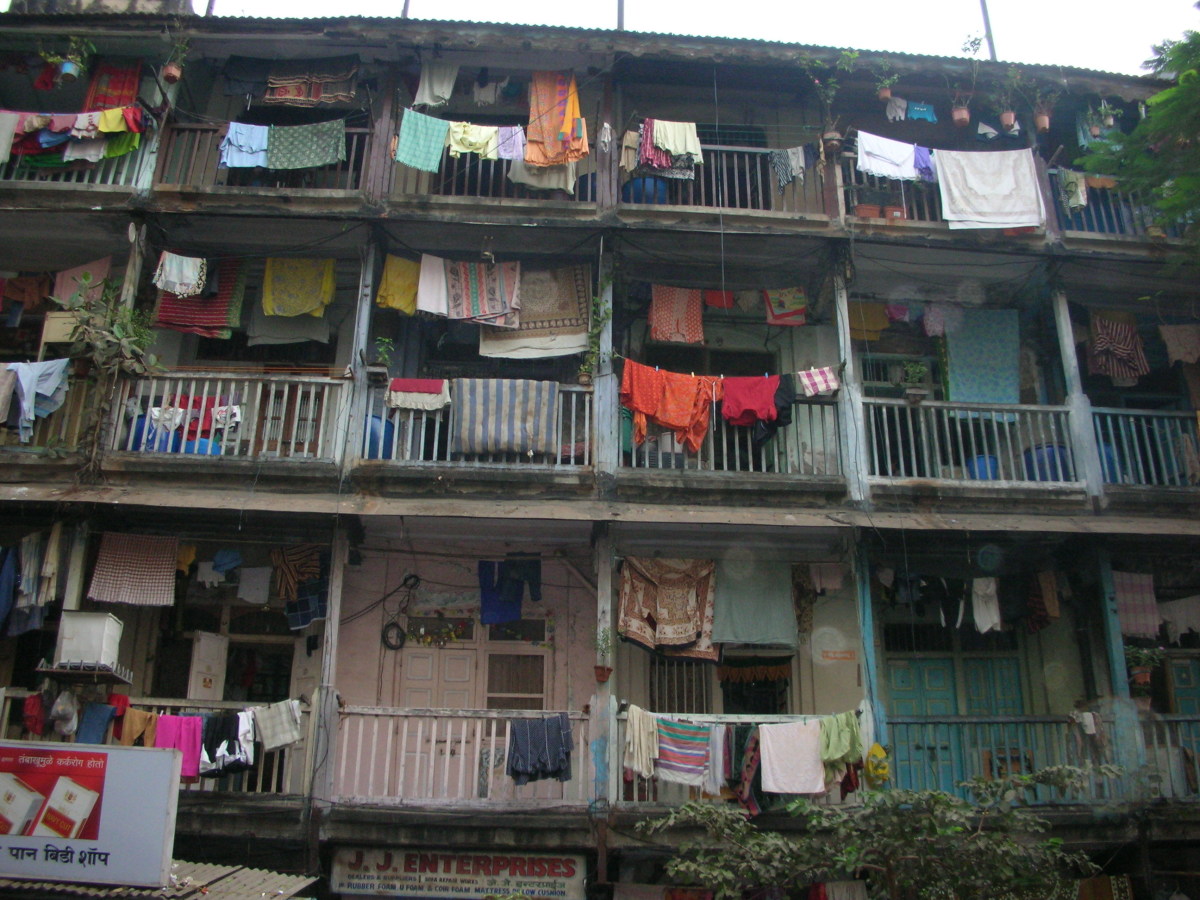- HubPages»
- Travel and Places»
- Visiting Asia»
- Southern Asia
Travel Tips for India
Most of us grew up imagining India as a place of great exoticism, filled with tigers, elephants, temples, religious devotees and great masses of people. And while those images are still very accurate, the new India is rapidly becoming an economic powerhouse of the twenty-first century. Because of this, business and leisure travel to India will greatly increase in the coming years. Make sure you plan your trip carefully.
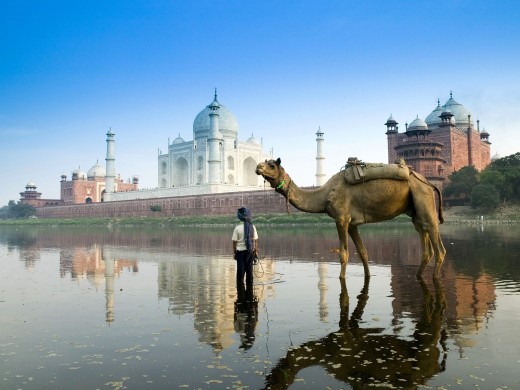
Weather and Climate
India is a vast country, so naturally there's a number of climate variations, but generally speaking the weather is nice from October to March, hot from April to June and rainy the rest of the year. The foothills of the Himalayas are cooler than the southern areas. Avoid the rainy season if you can.
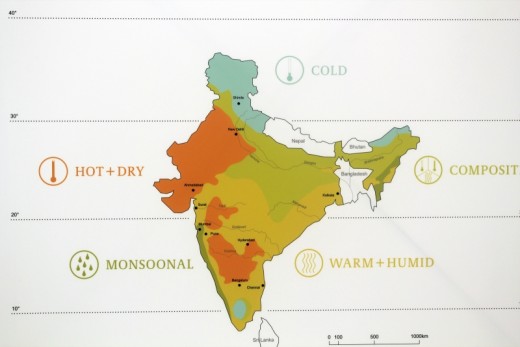
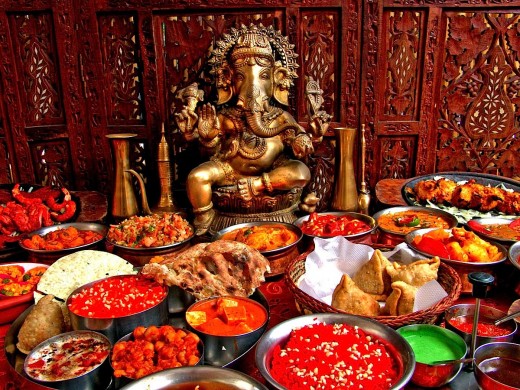
Food
One of your earliest exposures back at home to Indian culture might well have been the food, and one of the delights of traveling to India is enjoying this food at its source. Each region has its own style of cuisine, which is influenced by the sort of ingredients available, as well as the predominant religion of the residents. In Muslim culture, for instance, eating pork and shellfish is taboo. Buddhists tend to be vegetarian, and of course everybody knows that Hindus revere cows.
Traditionally, Indian meals are served communally on trays or banana leaves, with a big central pile of rice surrounded by smaller amounts of other foods. Everyone eats with the fingers of their right hand, sometimes using a piece of flat bread as a scoop.
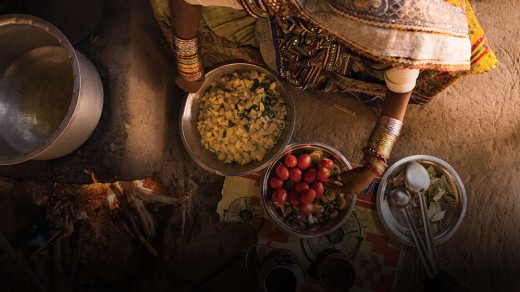
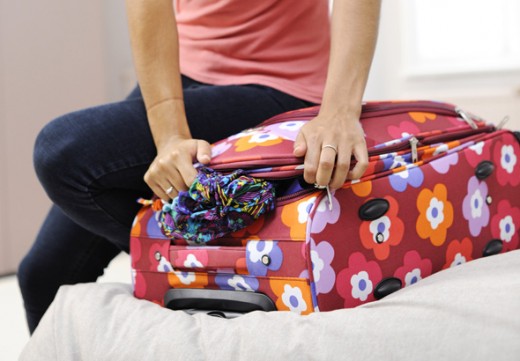
Clothing
Use common sense when deciding what clothes to bring: pack warm clothes if you'll be in a cool or cold region, light, cool clothes otherwise. Avoid synthetic fabrics—get something natural, that will breathe. Wear a hat to protect your head from the sun. Bring a raincoat, umbrella, or at least a poncho to protect against the rain. (For that matter, an umbrella is a good protection against the sun.) Don't wear skimpy or sexually immodest clothing, as that will offend most Indians, regardless of their religion.
Wear solid, comfortable walking shoes. Your shoes should be designed in such a way that you can easily take them off when you enter a temple, mosque, or other holy site. Sandals will provide little protection against parasites and other creepy crawlies. Wear traveler's socks of the sort that will pull moisture from your feet but not get wet. Avoid going barefoot, and pack along a can of strong athlete's foot spray.
You can either have your clothes laundered at a nice hotel or wash them in your room. In the latter case, you should obviously bring along concentrated traveler's laundry soap and clothing that can be cleaned in cold water.
Leather items, including shoes and belts, are not allowed on the premises of Jain and Hindu temples.
Take along a small sewing kit to make repairs on the road.
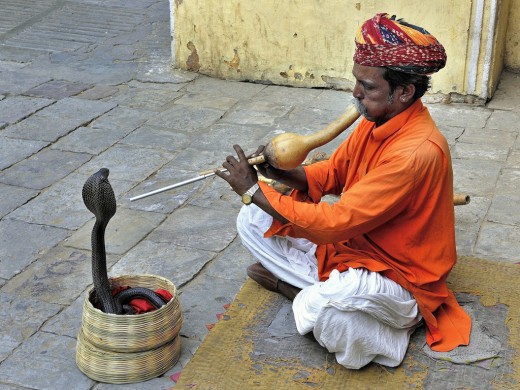
Behavior
Though cities in India can be unbelievably crowded, and the people have a different sense of personal space than Westerners do, they are by no means “touchy-feely.” Public displays of affection are considered offensive.
While younger or more westernized Indians may shake hands with you, it's preferable to greet everyone with hands raised and palms touching, saying “namaste.” When meeting Muslims, skip that gesture and say “Salaam Aleikum.”
In homes, temples, mosques and numerous other places you may be asked to take off your shoes upon entering. Be sure you don't touch or point to others with your feet. The soles of the feet touch the ground, the dirt, and as such are regarded as the filthiest part of the body.
When visiting a temple, let the behavior of the Indians be your guide. Don't take photos of worshipers, and don't step over or in front of them. Remember that they are there for sacred purposes—not to provide you with something to gawk at.
Take no photos of any security-sensitive place, nor of people, temples, or other religious sites without permission.
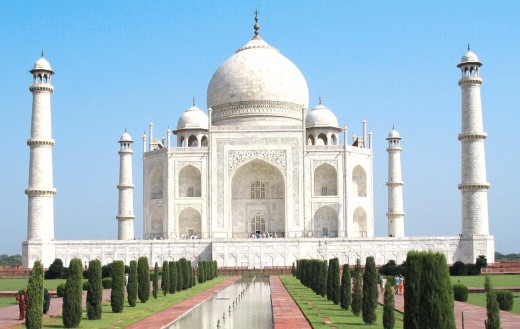
Health and Safety Concerns
Malaria, typhoid, hepatitis and dengue are among the illnesses to which travelers to India are prone, so get all the necessary shots well before your departure. Once you're there, sleep with a mosquito net and frequently spray yourself with insect repellent. Don't allow any insect bites, cuts, scratches, or other damage to the skin to go untreated. Watch out for leeches. Carry a first aid kit along with you.
Pack all the medications you'll need for the duration of your trip, as well as a copy of your prescriptions so if the worst happens you can try to get refills in one of the major cities.
Be careful when it comes to food, especially that sold by street vendors. Don't eat anything that looks like it's been setting out for awhile. Eat only cooked items that are fresh and hot. Avoid tap water, ice, raw food, unpeeled fruit, unpasteurized dairy products, uncooked meat and pork in general. Rich and spicy food will likely give you diarrhea, but that's pretty much true of the cuisine of any country in the world.
Drink bottled water, soft drinks, or beer from name brands. Make sure the lids or bottle caps have not already been opened. Brush your teeth with bottled water. Stay well-hydrated, especially in the hotter months.
Pack moist towelettes.
Female travelers should bring along all the feminine hygiene products they'll need for the trip and not count on finding what they need in India.
Bring birth control devices from home. Indian condoms are poorly made.
Indian toilet facilities fall into two main categories: primitive and non-existent. Most are the squat kind known as “Turkish toilets” in Europe and the Middle East. Outside the major cities people just dig a hole and do their business there. In nicer hotels, restaurants and other establishments in larger cities, you might find actual flush toilets, but Indian plumbing and sewerage systems cannot process toilet paper, so after you finish you'll have to put your toilet paper in a designated container nearby, or in a sealed plastic bag. Carry toilet paper with you at all times—you can buy it in major cities. Many Indians use their left hand for toilet functions, which is why the left hand is considered taboo and the right hand only is used for such activities as eating.
Wash your hands frequently.
India has been the site of political unrest and occasional acts of terrorism from the time it became an independent nation. Before you make a trip to India make sure and go to the US State Department website for travel alerts, warnings and general information.
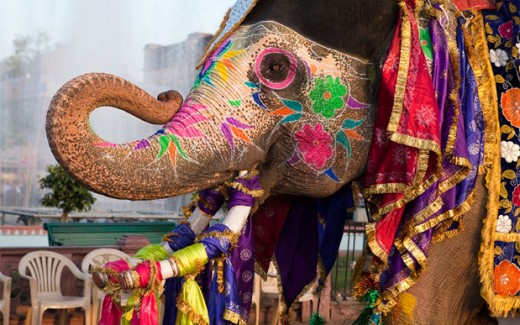
© 2015 Discover the World


